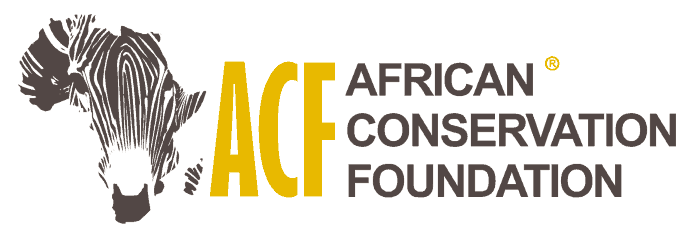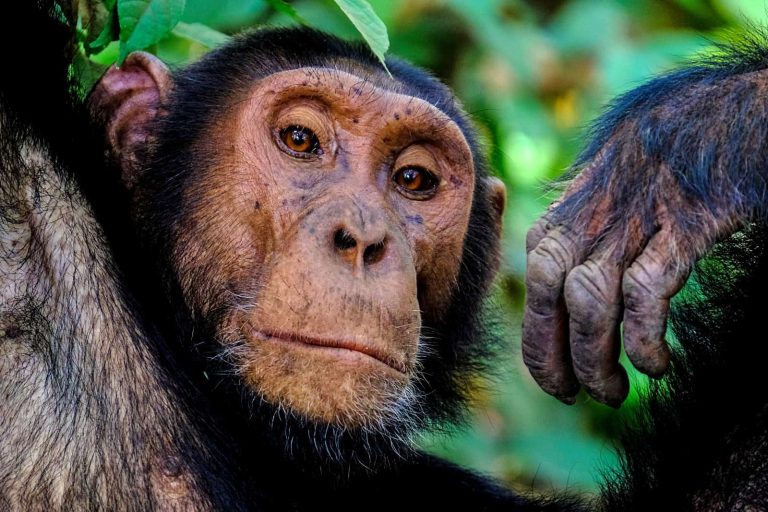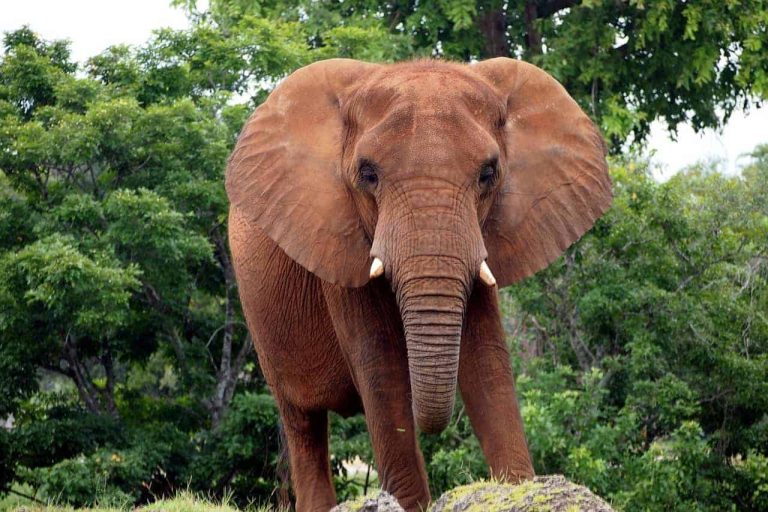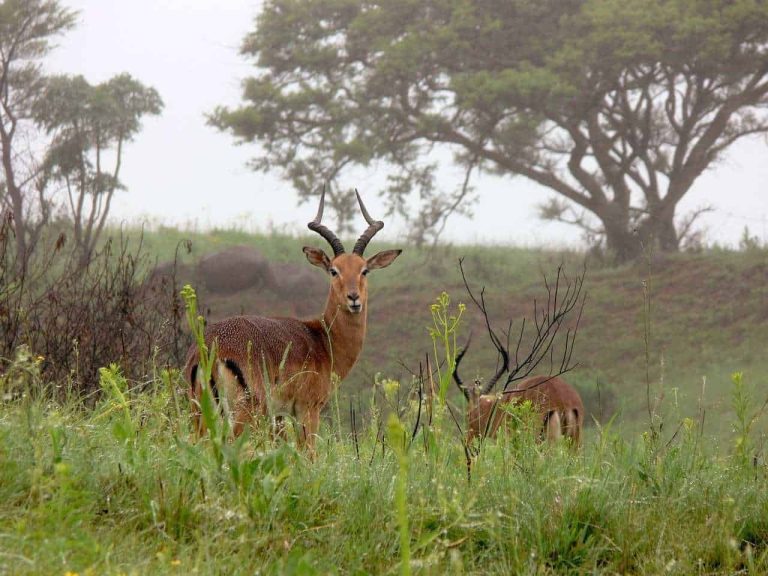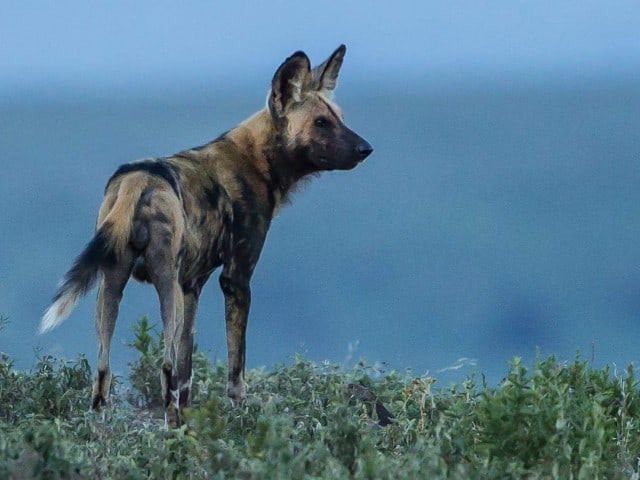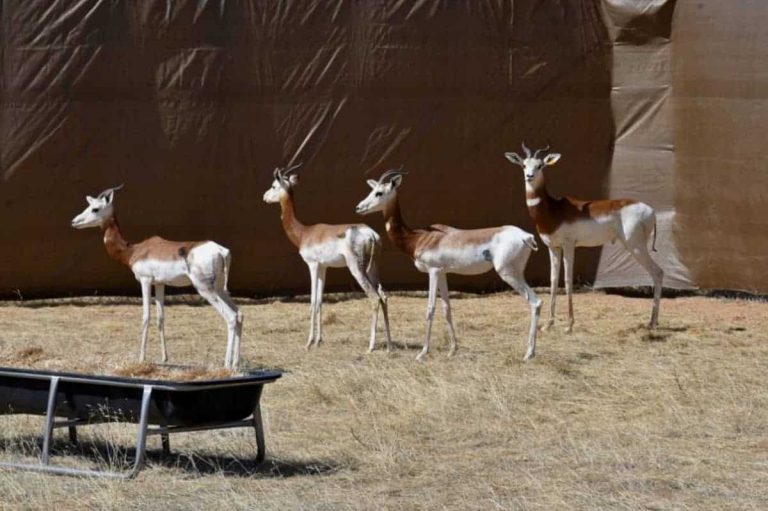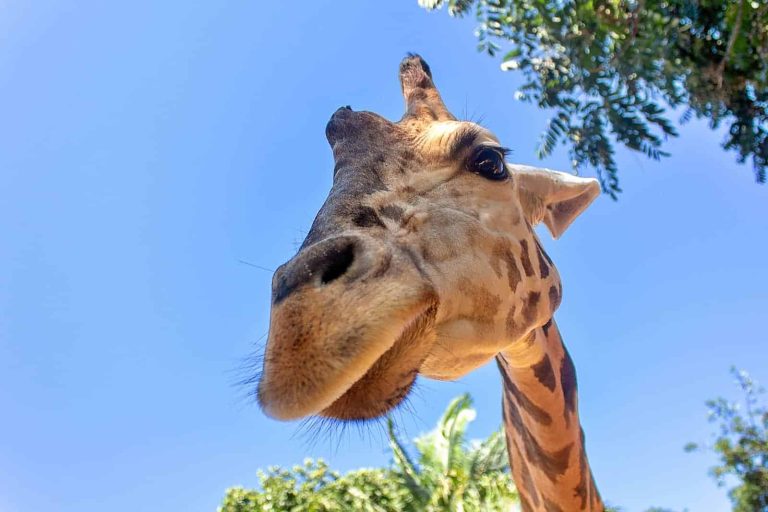Self-Medicating Gorillas Could Hold Keys to New Medicine
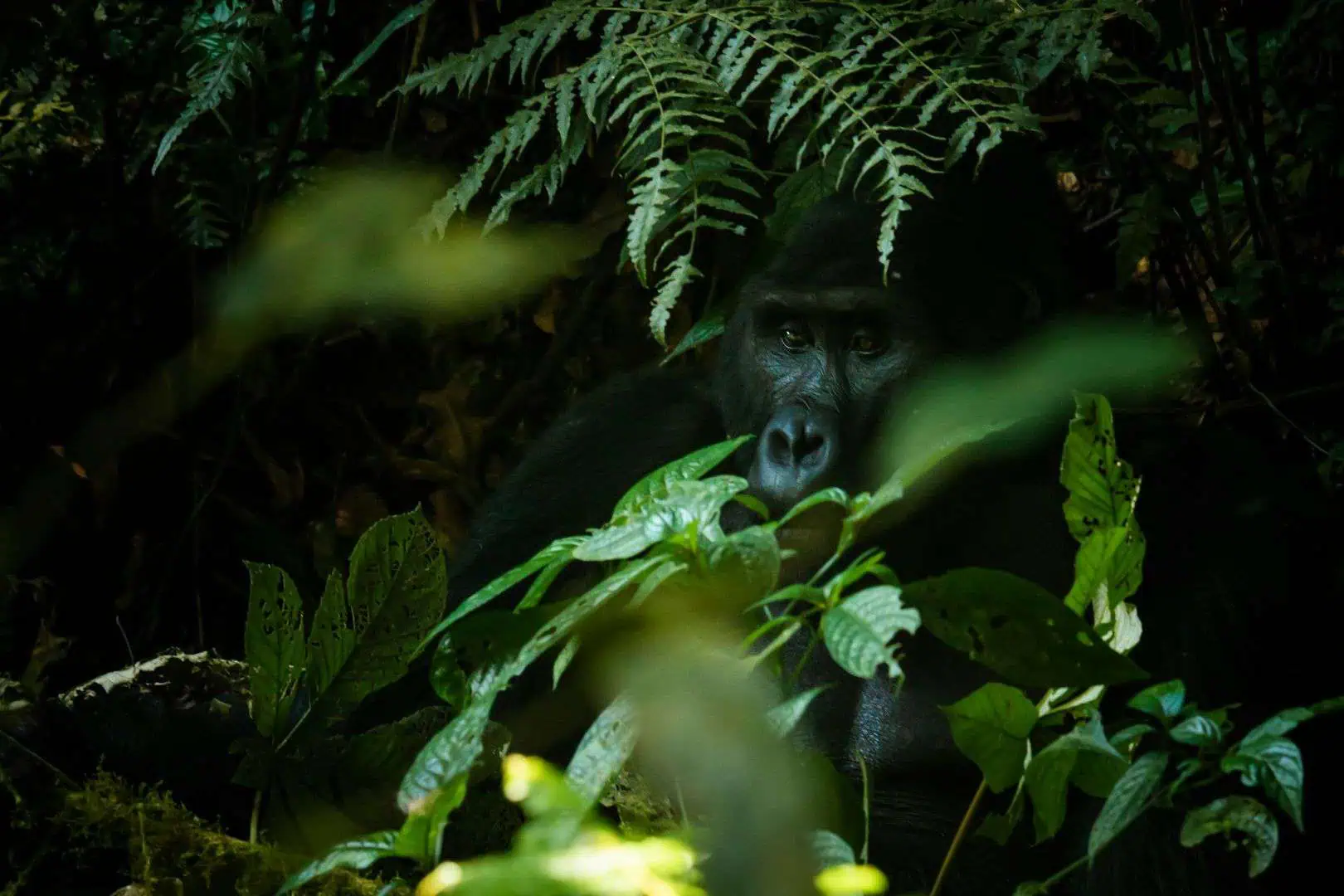
Deep in Gabon’s dense Moukalaba-Doudou National Park, western lowland gorillas engage in an ancient practice that might unlock modern medical secrets. These majestic apes don’t just survive off the lush forests—they actively self-medicate. In a recent study, researchers explored the medicinal plants that gorillas consume and their potential implications for humans. What they discovered could have far-reaching consequences for both drug development and conservation.
Zoopharmacognosy: Nature’s Healers
Zoopharmacognosy, the study of how animals use plants and other substances to self-medicate, has revealed fascinating insights into the lives of species like the gorillas. These great apes seem to instinctively select plants with healing properties, a behavior mirrored in traditional human practices. The overlap between the plants eaten by gorillas and those used by local healers has sparked curiosity among scientists, who have begun investigating the plants for their therapeutic properties.
The study at hand focused on four key plants: Kapok tree (Ceiba pentandra), the giant yellow mulberry or monkey fruit (Myrianthus arboreus), Ficus subspecies, and Iroko or African teak (Milicia excelsa). Gorillas in the region are known to consume the bark of these trees, which are also used in Gabonese traditional medicine to treat ailments such as stomach issues and even infertility.
Unlocking the Chemical Secrets of the Forest
The research team, intrigued by the potential overlap in healing practices between gorillas and local healers, set out to test the antioxidant and antimicrobial properties of these plants. What they found was astonishing: the plant extracts showed high levels of phenolics, flavonoids, tannins, and proanthocyanidins—compounds known for their health benefits.
The tests revealed that Myrianthus arboreus had the highest levels of total phenolics, powerful antioxidants that can neutralize harmful free radicals in the body. Meanwhile, Milicia excelsa bark was rich in flavonoids, compounds often associated with anti-inflammatory and cancer-preventive properties. Tannins, which can help fight infections, were abundant in Myrianthus arboreus, and proanthocyanidins, known for their cardiovascular benefits, were most concentrated in Ceiba pentandra.
Superbug Fighters in the Jungle
In addition to their antioxidant properties, the plants demonstrated remarkable antimicrobial activity. The extracts were tested against multidrug-resistant strains of E. coli, a superbug that presents a significant challenge in global health. The bark extracts of the studied plants exhibited varying degrees of success in inhibiting these bacterial strains, with Ceiba pentandra showing particularly potent results.
This discovery is especially exciting for scientists, as antibiotic resistance continues to pose a global threat. The plants consumed by the gorillas could offer new, naturally occurring solutions to this growing problem. The potential to develop novel antibiotics from these plant compounds could revolutionize how we treat infections in the future.
A Blueprint for Drug Discovery?
The implications of this research stretch beyond mere curiosity. The fact that gorillas have evolved to select plants that offer such robust medicinal properties hints at a possible evolutionary advantage. By mimicking the dietary habits of gorillas, researchers hope to uncover new avenues for drug discovery.
But this is more than just an opportunity to create new pharmaceuticals—it’s a testament to the intricate connections between ecosystems, wildlife, and human health. As we learn more about the self-medicating habits of animals, we also gain insight into the potential healing powers of the natural world, many of which remain untapped.
The Conservation Imperative
The Moukalaba-Doudou National Park, where this study took place, is one of the most biodiverse regions on Earth. It’s home to not only western lowland gorillas but also forest elephants, chimpanzees, and a staggering array of plant species, many of which remain unknown to science.
Yet, the future of these forests is under threat. Poaching, deforestation, and disease have already decimated the population of western lowland gorillas, which are critically endangered. Fewer than 150,000 remain in the wild, and the loss of these gorillas could also mean the loss of valuable knowledge about medicinal plants they instinctively use.
Protecting these great apes and their habitats is critical—not only for their survival but also for the potential health benefits their behavior might unlock. The forests of Gabon are a living pharmacy, with countless plant species that could offer solutions to some of humanity’s most pressing health challenges. Without proper conservation efforts, we risk losing this treasure trove of knowledge.
Bridging Traditional Knowledge and Modern Science
One of the most fascinating aspects of this research is the intersection of traditional knowledge and modern science. The plants studied are not only part of the gorillas’ diet but also form the backbone of traditional medicine in Gabon. Local healers have long understood the power of these plants, using them to treat a variety of ailments.
The collaboration between indigenous knowledge keepers and scientists has proven invaluable. By blending time-honored practices with cutting-edge research techniques, the team has opened the door to potential breakthroughs in both medicine and conservation. This synergy highlights the importance of respecting and preserving traditional ecological knowledge as a source of inspiration and guidance for modern science.
Looking Forward
As the study continues, researchers hope to further explore the therapeutic potential of the plants consumed by western lowland gorillas. By delving deeper into their chemical compositions, scientists could unlock even more potent compounds that could be used to fight diseases ranging from infections to chronic conditions like cancer and heart disease.
Moreover, this research serves as a reminder of the interconnectedness of life on Earth. Gorillas, humans, and the ecosystems they inhabit are all linked in complex ways. Protecting these forests not only safeguards wildlife but also preserves the delicate balance that allows nature’s remedies to flourish.
The journey from the rainforests of Gabon to the laboratories of modern medicine is just beginning, and the self-medicating gorillas of Moukalaba-Doudou National Park may well hold the key to the next generation of life-saving drugs. In the meantime, efforts to conserve their habitats are more important than ever—not just for the sake of the gorillas but for the future of human health as well.
Source: PLOS ONE
Photo: 2H Media
